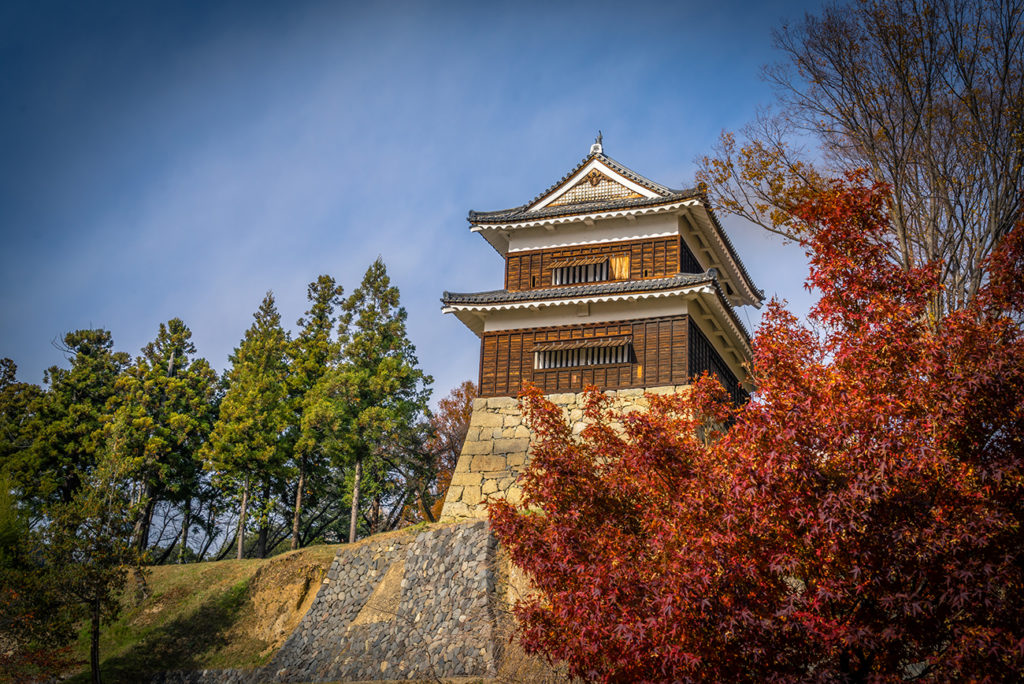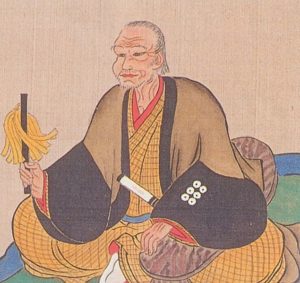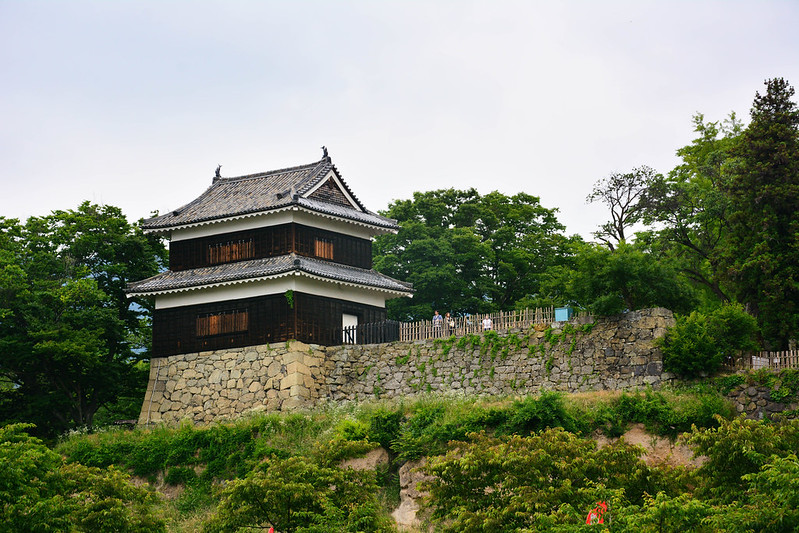
The Historical Ueda Castle
Ueda Castle (上田城 Ueda-jō) plays an important part in Japanese history that exemplifies determination and courage. The castle was built in the late 16th century by the daimyo Sanada Masayuki who later became the governor. Sanada Masayuki was known for his resourcefulness and courage. He was skilled in war tactics and strategies and led his limited forces masterfully in bravely going against larger armies.
The Sanada clan defended the castle twice from Tokugawa for it rallied against its rule, in 1585 and then again in 1600. The Sanada clan put up an impressive stance against the Tokugawa armies both times. When Sanada Masayuki refused to relinquish hold over the Numata Castle to Tokugawa Ieyasu, it led eventually to the Battle of Kami River. While some of Sanada’s forces were busily engaged in battle, Ieyasu charged into Ueda Castle with a very large army. Masayuki had already readied his available forces with an ambush party. This surprise attack threw off the Tokugawa army, causing a great loss of life.
At the Battle of Sekigahara, Masayuki and his son, Sanada Yukimura, yet again faced the Tokugawa army. The Sanada forces announced their surrender as part of Masayuki’s plan to make the Tokugawa army think he was really surrendering. Instead, Masayuki was really preparing to defend Ueda Castle. When Tokugawa Hidetada was alerted of the Sanada clan’s plot, Hidetada began to move his troops. However, Masayuki was not to be outwitted and was already prepared to attack. Another ambush party was ready to attack: this time it was ordered to attack the Tokugawa’s main camp. Hidetada failed in his plan to seize Ueda Castle and was also kept from joining the field at Sekigahara.
When finally Sanada Masayuki succumbed to defeat, Ueda Castle was demolished. When the Tokugawa family established their reign over Japan, the castle was reconstructed by another daimyo. The donjon died during the reconstruction, leaving the castle mainly unfinished. Today, there are existing turrets that echo what Ueno castle once was, a place where so many lives were lost, a place that so many people fought for as a testament to their courage and beliefs.


